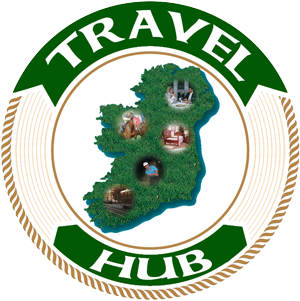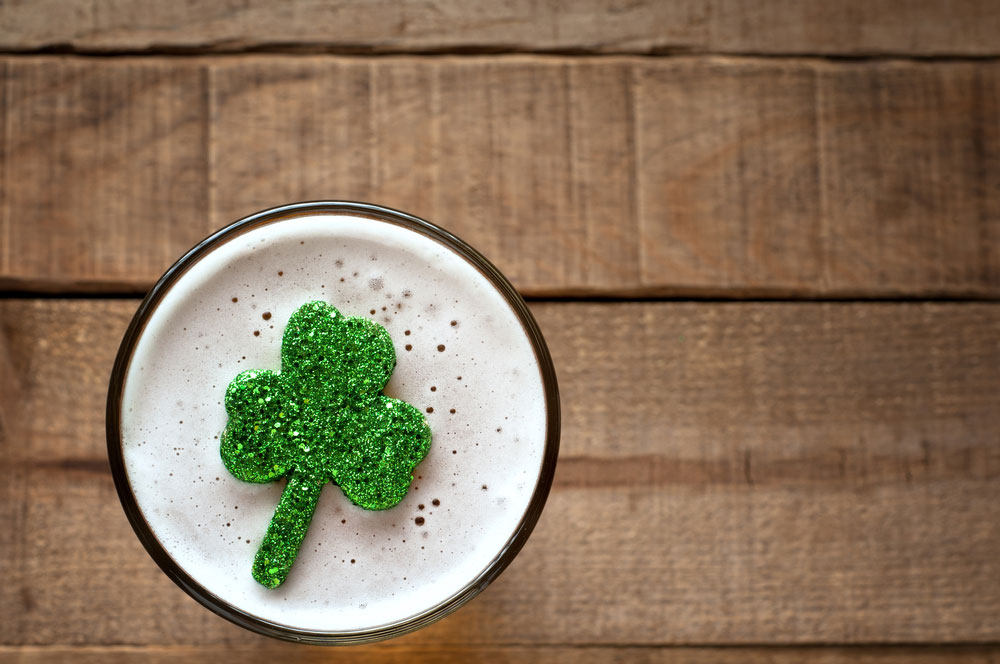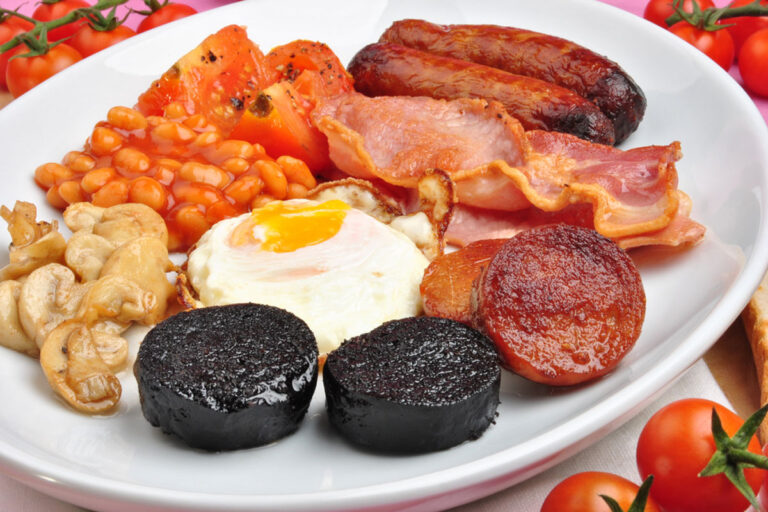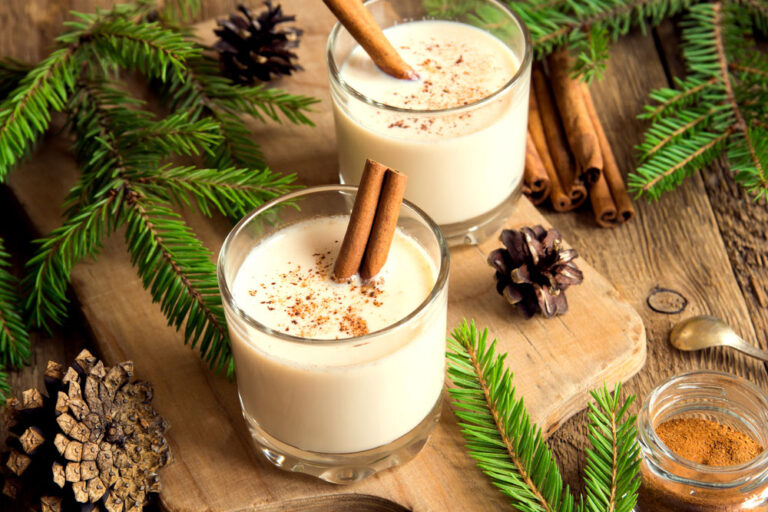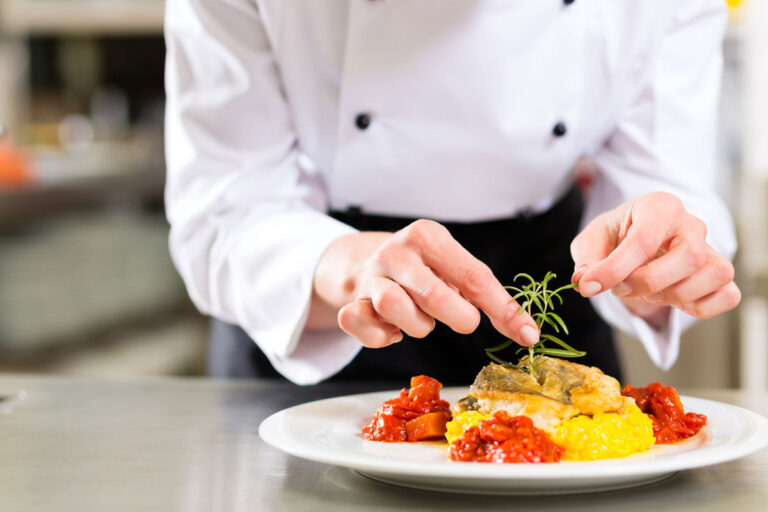Fresh, local ingredients are heavily emphasized in Irish cuisine: The Irish have a long history of employing fresh, locally obtained ingredients in their cooking. Irish food emphasizes the wealth of the land and sea, from luscious lamb and cattle to fresh seafood and colorful vegetables.
Influence of the potato on Irish cuisine: The humble potato has played an important role in Irish food culture. The potato was a primary crop in Ireland prior to the Great Famine in the mid-nineteenth century. Despite the famine’s devastation, the potato is still a popular element in Irish cuisines such as colcannon (mashed potatoes with kale or cabbage) and traditional Irish potato bread.
Irish breakfast is a hearty feast: The traditional Irish breakfast is a substantial and hearty meal that sets you up for the day. It typically includes bacon rashers (similar to Canadian bacon), sausages, black and white pudding, eggs, grilled tomatoes, and fried potatoes or potato cakes. It’s a substantial feast that reflects the Irish love for a good start to the day. (Traditional Irish Breakfast Recipe)
The significance of shellfish in Irish cooking: Ireland has a lengthy coastline and a rich tradition of seafood cuisine. Seafood plays an important role in Irish cuisine, from exquisite salmon to fresh oysters and mussels. Traditional meals like seafood soup, Dublin Bay prawns, and smoked salmon highlight the wealth of the country’s shore. (Irish Seafood Chowder Recipe)
The unique bread tradition: Ireland is famous for its various types of bread. Soda bread, made with baking soda instead of yeast, is a staple in Irish homes. It comes in different forms like white soda bread, brown soda bread, and variations with added ingredients like raisins or seeds. Another popular bread is the wheaten bread, made with wholemeal flour, buttermilk, and oats. (Irish Soda Bread Recipe)
Traditional Irish stews: Hearty stews are a staple of Irish cuisine. Irish stew is a traditional dish that includes lamb or mutton, potatoes, onions, and carrots. Slow cooking develops rich tastes and soft meat. Another classic food is boxty, which is a potato pancake that is frequently served with stew or as a side dish. (Irish Stew Recipe)
The influence of pub culture: Pub culture has an impact in Ireland because it is more than simply a location to get a drink; it is also a hub of social activity and a place to enjoy traditional Irish food. Pubs frequently provide great homemade dishes such as Irish stew, fish & chips, and shepherd’s pie, providing tourists with true Irish flavors in a warm and inviting environment.
Traditional Irish sweets: Irish desserts are a delicious way to end a meal. Bread and butter pudding, created with slices of bread soaked in a custard mixture and baked until golden and crispy, is a favorite. Another traditional dessert is the rich and decadent Irish whiskey cake, which is stuffed with dried fruits and steeped in whiskey for a boozy touch. (Irish Whiskey Cake Recipe)
Seaweed as a traditional ingredient: Seaweed has been harvested and used in cookery in Ireland for centuries. It gives meals a distinct umami flavor as well as health benefits. Seaweed is utilized in both traditional recipes such as carrageen moss pudding (a sort of pudding prepared with Irish moss seaweed) and in novel ways in current Irish cuisine.
Celebrating Irish cheese: Ireland’s reputation for high-quality artisanal cheeses is expanding. Irish cheese manufacturers have garnered numerous honors and acclaim for their products ranging from creamy and pungent farmhouse cheddars to rich and crumbly blue cheeses. A sampling of Irish cheeses is a must for any foodie visiting the country.
The “boxty” tradition: Boxty is a traditional Irish potato pancake eaten by generations. It is created with grated or mashed potatoes, flour, buttermilk, and occasionally eggs. Boxty can be prepared in a variety of methods, including frying as pancakes, baking as a loaf, or boiling and slicing. It’s an adaptable dish that may be served as a side or as a main course. (Boxty Recipe)
The Irish adore tea: Ireland has a thriving tea culture. Tea is a mainstay in Irish households, and it is frequently consumed numerous times per day. As a symbol of hospitality, it is customary to offer visitors a cup of tea. The Irish prefer strong black tea with milk, and it is an important part of social events and talks. (Visit Our Irish Tea Shop)
Colcannon is a Halloween tradition: Colcannon, a dish made of mashed potatoes and kale or cabbage, has a special place in Irish Halloween rituals. During Halloween celebrations, it is frequently served alongside other festive meals. A fun tradition involves hiding little trinkets in the colcannon, such as a ring or a coin, and whomever finds them is said to have good luck or fortune. (Colcannon Recipe)
The distinctive flavors of barmbrack: Barmbrack is a classic Irish fruitcake that is traditionally consumed during Halloween and the autumn season. Similar to the colcannon tradition, the cake is loaded with dried fruits such as raisins and sultanas and often contains surprises such as a ring or a coin. Slices of barmbrack are typically served with butter and accompanied by a cup of tea. (Barmbrack Recipe)
The emergence of Irish craft beer: In recent years, Ireland has seen a renaissance in the craft beer scene. A slew of microbreweries have sprouted up, offering a diverse range of inventive and tasty beers. From zesty IPAs to deep stouts and traditional Irish red ales, the burgeoning Irish craft beer industry has lots to learn and enjoy.
The Irish adoration for butter: Irish butter is famous for its rich flavor and creamy texture. Traditional Irish butter is created from grass-fed cow’s milk, which gives it a distinct, delicious flavor. It’s frequently spread over bread, used in baking, or included into traditional meals such as Irish soda bread.
Foraging’s influence: Foraging has been a part of Irish food tradition for generations. Gathering wild resources like mushrooms, berries, and edible greens is a long-held habit. Foragers use the different landscapes of Ireland, from woods to coasts, to uncover unusual and savory ingredients that add depth to cuisine and link people to the natural environment.
The love of seaweed baths: In Ireland, seaweed baths are a traditional healing tradition. The mineral-rich seaweed is gathered and utilized in baths to provide skin and body therapeutic effects. Seaweed baths are thought to aid in detoxification, pain relief, and relaxation. It’s a one-of-a-kind method to enjoy the restorative benefits of the water in a peaceful setting.
The revival of traditional food festivals: Traditional food festivals are being revived in Ireland, where they promote local produce, traditional recipes, and culinary ingenuity. Festivals such as the Galway International Oyster & Seafood Festival, the Dingle Food Festival, and the Burren cuisine Fayre bring chefs, food producers, and fans together to celebrate the best of Irish cuisine and drink.
The evolving vegetarian and vegan options: While traditional Irish cuisine frequently incorporates meat and dairy products, the vegetarian and vegan food scene in Ireland is fast increasing. There is an increasing emphasis on catering to varied dietary needs and providing tasty vegan versions of classic dishes, from innovative plant-based eateries to vegan interpretations of traditional dishes.
These surprising facts highlight the depth and diversity of Irish cuisine, showcasing a rich culinary heritage shaped by the island’s natural resources, history, and culture.
